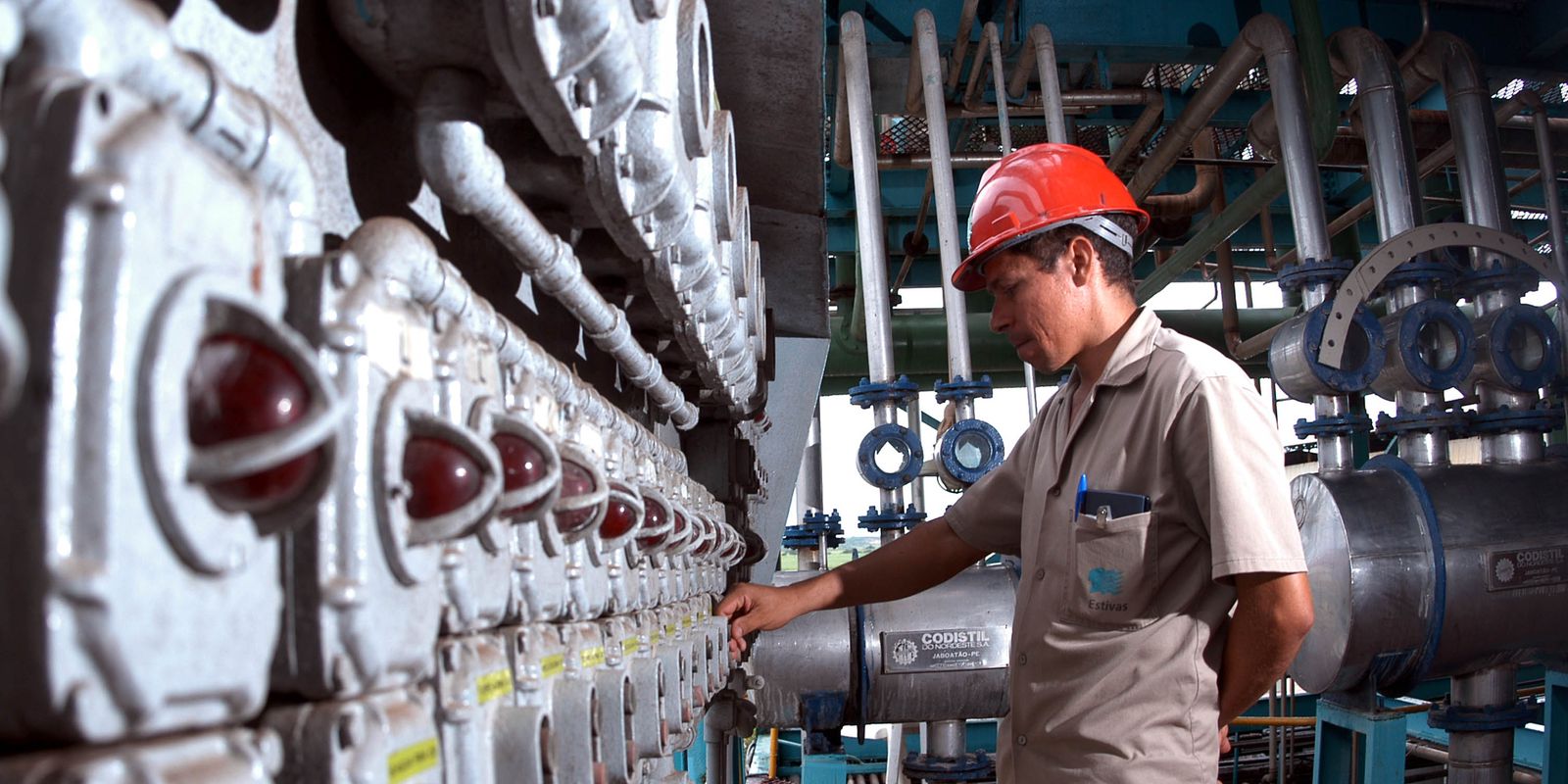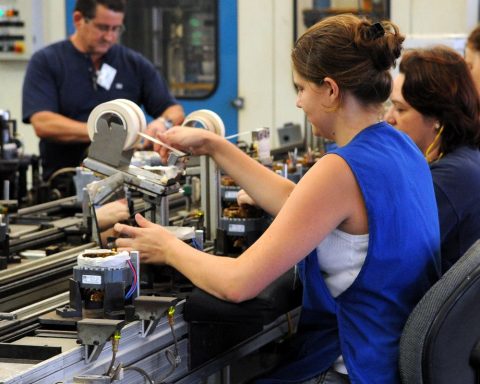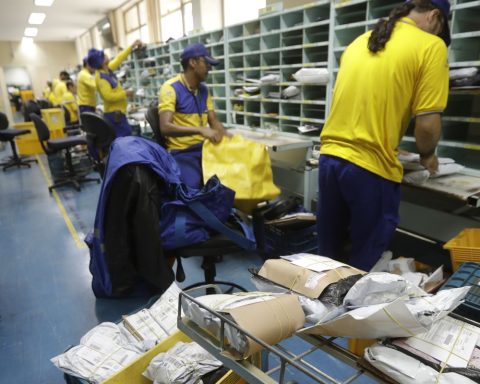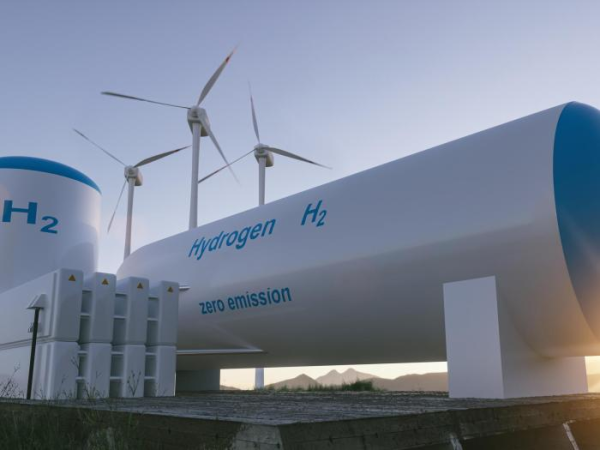The Antecedent Employment Indicator (IAEmp), calculated by the Brazilian Institute of Economics of the Getulio Vargas Foundation (FGV Ibre), increased 1.2 points in August, reaching 82.3 points. It’s the highest level since November 2021, when it stood at 83 points. In quarterly moving averages, the IAEmp increased by 0.5 point reaching 81.8 points. The numbers were released today (6), in Rio de Janeiro.
Economist Rodolpho Tobler, from FGV, said that the return to the rise of the IAEmp compensates for the fall that took place in July. According to him, the movement suggests continued recovery of the labor market, but it is still necessary to be cautious because of the low level at which the indicator is. The signs for the coming months are positive, although at a slower pace caused by the performance of the economy.
“There may still be an improvement in the job market, but it will be slower than what we have seen in recent months. The Antecedente Employment Indicator itself had been rising in a few consecutive months, had a fall in the previous month and now it has risen again, so our observation is that it should maintain the positive trajectory, but now it is already subject to fluctuations as it had last month with firmer highs as it was this month. I think the trend is a bit like this. The job market should evolve favorably until the end of the year, but at a much less intense pace than we saw in the first half of the year,” he said in an interview with Brazil Agency.
Tobler added that it is still possible to observe an increase in the indicator in September, mainly because in the third quarter there is still a reflection of government stimulus measures such as an increase in Auxílio Brasil and the release of some vouchers and, therefore, the economy would still remain heated in the period.
“I think there is still a favorable outlook, but it should be a more timid recovery, maintaining more or less the pace seen in August. It is difficult to imagine that we will have very big jumps again as we saw in the first half of the year”, she highlighted.
uncertainty component
For the economist, the proximity of the elections also adds the component of uncertainty that here in Brazil is even greater than would be normal, and causes caution in businessmen regarding new hires.
“This may cause some fluctuation due to the election and also because, at the end of the year, we already expect an economy with slower signs of recovery, because the anticipation of the 13th salary [que ocorreu em junho] will be missing at the end of the year and the macroeconomic scenario itself suggests a reduction in the pace of the economy with interest rates still high. The trend is that we will see at the end of 2022, at the turn of 2023, a weaker economy and then the job market will follow in that sense,” he said.
For Tobler, the slower trajectory of the economy will start to be felt in the third quarter, slowing down even further in the last quarter of the year. For 2023, the challenge remains to maintain the positive trajectory, because the slow performance should be accentuated. According to the economist, after defining who will head the next government, possible announcements of measures may influence the behavior of businessmen.
“It can have a positive effect that we call the honeymoon effect. If the winning candidate announces a positive package, businessmen can get more excited and reduce uncertainties, but even so 2023 tends to be a year with many challenges, because it will be a year in which we will live with very high interest rates to reduce the inflation to get close to the target. There are fiscal problems for the coming year and the next government will have to face it in order to balance the public accounts. The tendency is that the first year of government will still be a difficult year”, he concluded.
highlights
In August, four of the seven components of the IAEmp followed suit. According to Ibre, the highlights were the Business Trend and Current Situation of Industry Business indicators, which contributed positively with 0.9 and 0.3 points, and the Forecast Employment of Services indicator, which helped with 0.3 Score. The main negative highlight was the Forecast Employment indicator in Industry, which changed -0.3 point.

















